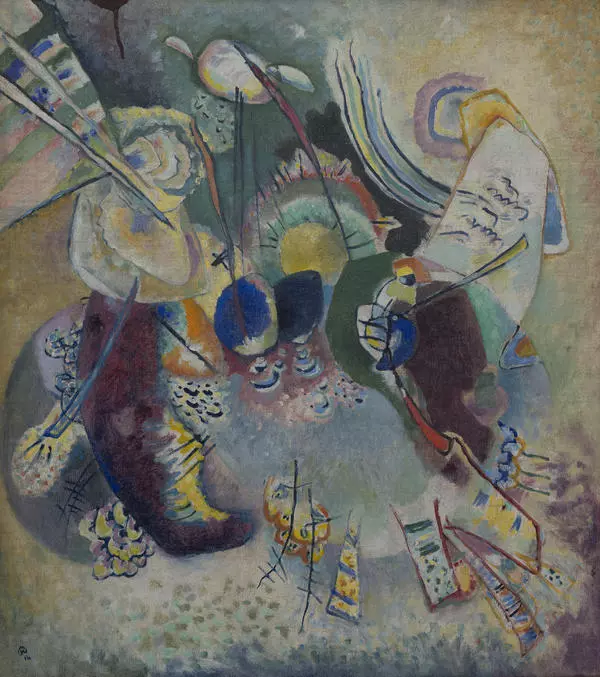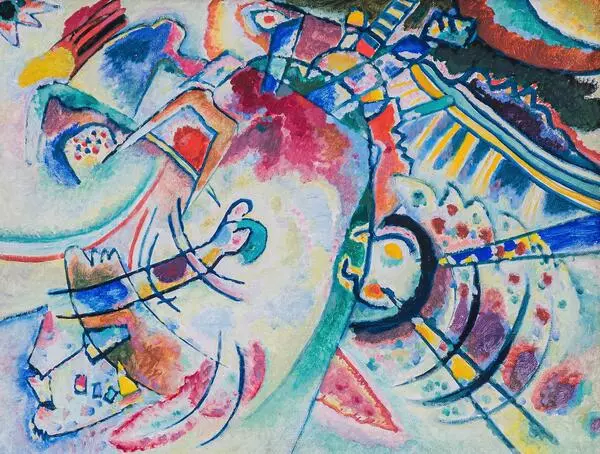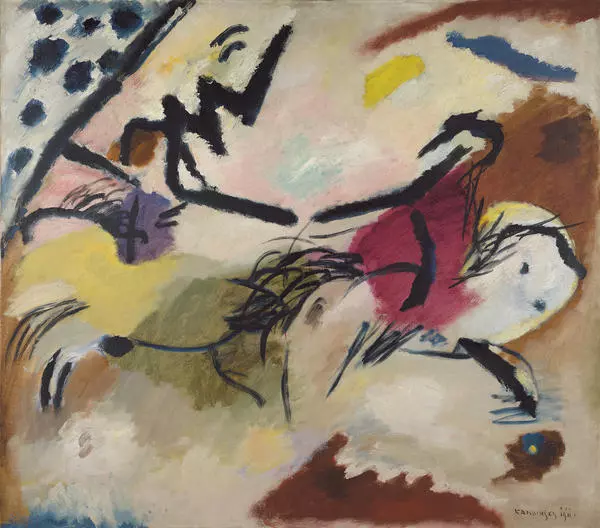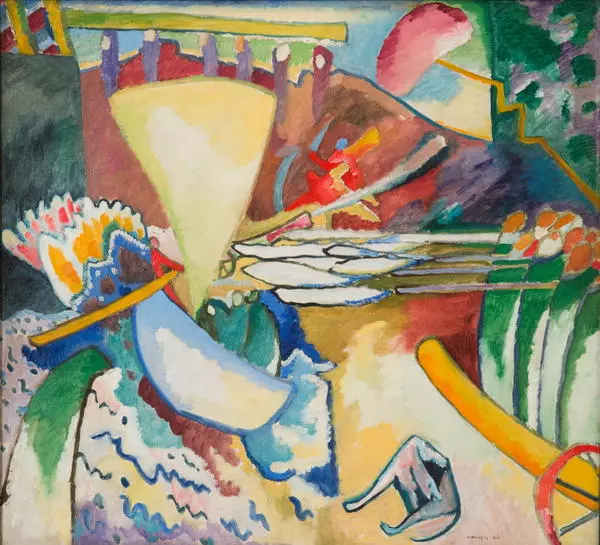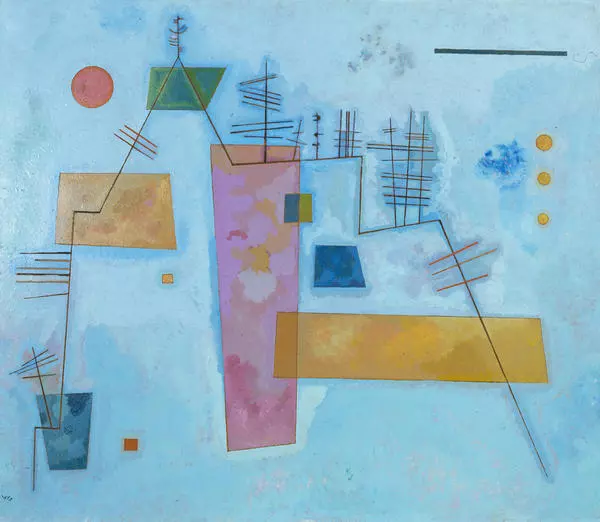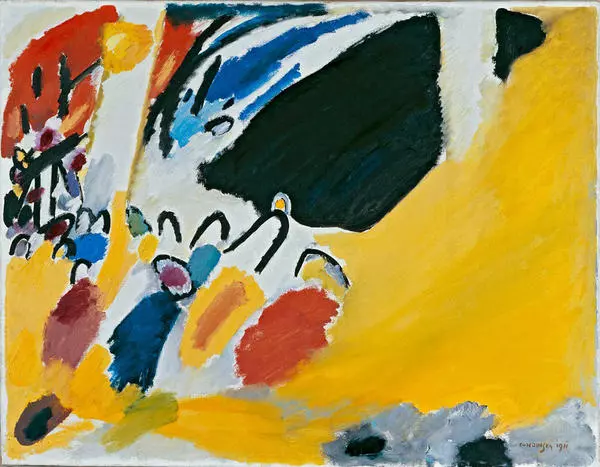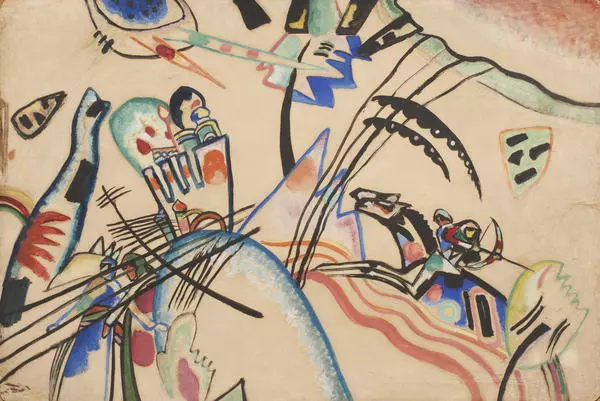The collection of the Alexander Grigoriev Art and History Museum includes a graphic work by Vasily Kandinsky titled “Improvisation No. 1”, which was made using the dry needle technique.
The canvas was transferred from the State Art Fund of Fine Arts of the People’s Committee of Education in 1920.
Ildar Galeyev, gallery owner, curator of exhibitions, expert on Russian art of the first half of the 20th century, believes that “Improvisation No. 1” refers to a series of works in etching technique, which the artist completed in Sweden, in the city of Stockholm.
The series consisted of seven etchings of ten prints from each board. Each etching is numbered and signed by the artist. The sizes of the prints differ, but not significantly.
Vasily Kandinsky arrived in Stockholm from Moscow at the end of December 1915 for a solo exhibition at the Gumson Gallery in February 1916. However, due to the state of war, German customs did not let in most of the paintings for the exhibition. The artist completed several graphic works while already in Stockholm.
Ildar Galeyev described what happened to these etchings later. In 1920, the 19th exhibition of the Fine Arts Department of the People’s Commissariat of Education of the RSFSR took place in Moscow, at Bolshaya Dmitrovka, 11, where Kandinsky’s etchings from the first to the sixth were exhibited. The etching “Improvisation No.1” was subsequently placed in the collection of the Kozmodemyansk Art and History Museum named after Alexander Grigoriev.
The sketch for this etching, absolutely identical in drawing and composition, but in mirror image, is housed in the Munich City Gallery Lenbachhaus.
Thanks to museum cooperation, Vasily Kandinsky’s etching “Improvisation No. 1” was restored in 2016 at the Scientific and Restoration Center named after the painter Igor Grabar. The work was funded by the Jewish Museum and the Center for Tolerance.
Vasily Kandinsky was a painter
and theorist of fine art who pioneered Abstract Art. His works are kept in the
largest museums in Russia and Europe, in private collections all over the world
and are among the most expensive works by Russian artists.



